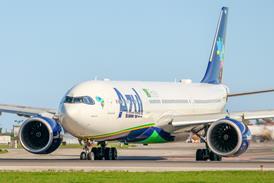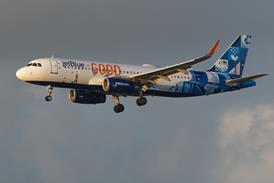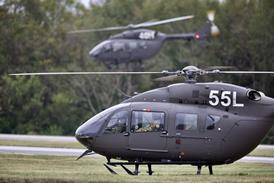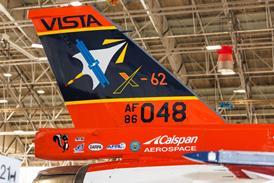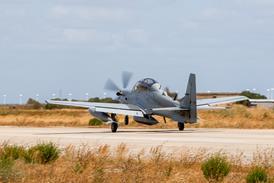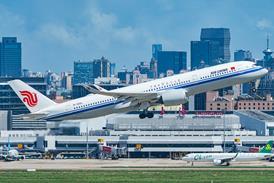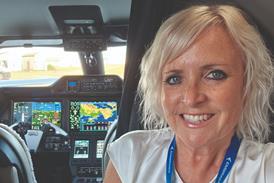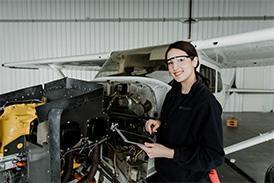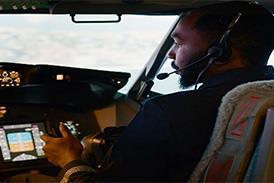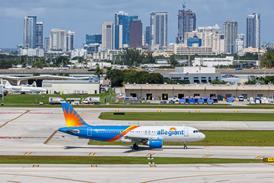European Union-funded research study looks to aeroelastics to boost performance
Wings and winglets that deform structurally for improved aerodynamic performance at different speeds are under investigation by Airbus. Aeroelastically tailored wings, as well as split, c-wing, spiroid and shark wingtip devices, have been under study since October 2002 as part of a 42-month, €4.9 million ($6 million) European Union-funded research programme.
Current airliner wings achieve their most efficient shape at only one cruise speed. Aeroelastically tailored wings are designed to deform structurally under aerodynamic load so as to improve their efficiency in different flight conditions. "[We] are investigating the impact of aeroelastics on [wingtip] device performance and thus the potential for performance improvements by considering structures with tailored aeroelastic deformations," says Airbus.
Past work on aeroelastic tailoring includes the NASA and US Air Force Highly Manoeuvrable Aircraft Technology (HiMAT) programme in the early 1980s. The Rockwell-built HiMAT unmanned research vehicle used the directional properties of carbonfibre to control the twisting of the wing under high g, reducing manoeuvre drag. Later that decade, the NASA/USAF X-29, built by Grumman, used aeroelastic tailoring to overcome the tendency of a forward-swept wing to diverge structurally. NASA is now flight testing a modified Boeing F/A-18 with an active aeroelastic wing that allows flight control using wing warping.
Windtunnel tests under the European programme for modelling and design of advanced wingtip devices has concluded that improving on existing winglets will be difficult. Airbus describes its current winglets as "very efficient, highly optimised devices that provide a challenging performance target for any new concepts to exceed". However, in 2005, one wingtip device will be selected from those under study for further development and windtunnel testing.
C-wing devices, which comprise a tall vertical winglet tipped with a smaller inward-pointing wing, have previously been studied by Boeing, while US winglet specialist Aviation Partners has flight tested a spiroid device, which curves completely round to link the leading and trailing edge of the wingtip, on a Gulfstream business jet.
Defunct Fairchild Dornier had selected a shark wingtip for its 728 regional jet.
ROB COPPINGER / LONDON

Source: Flight International

